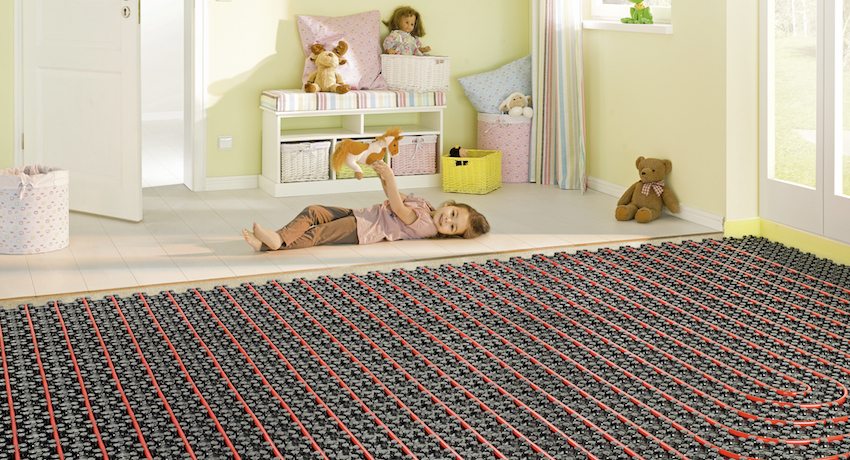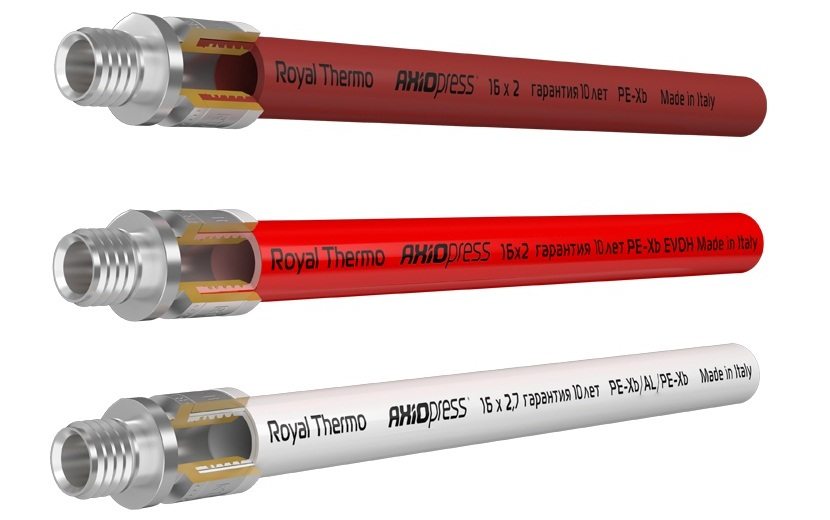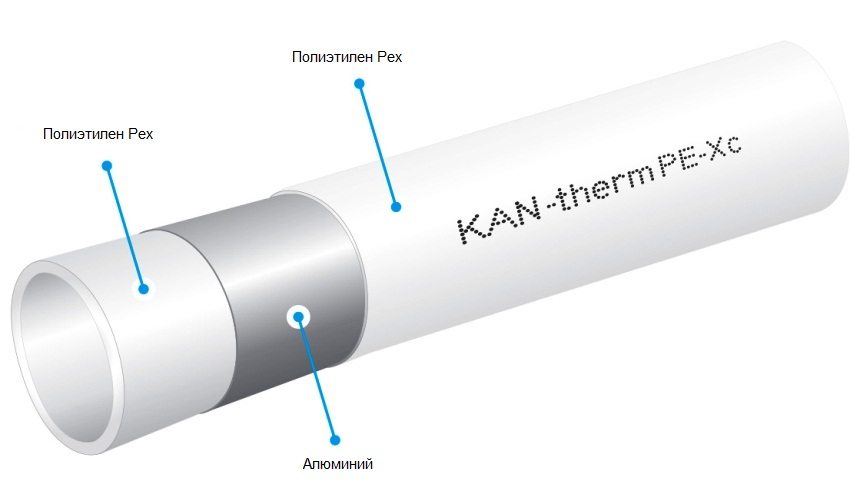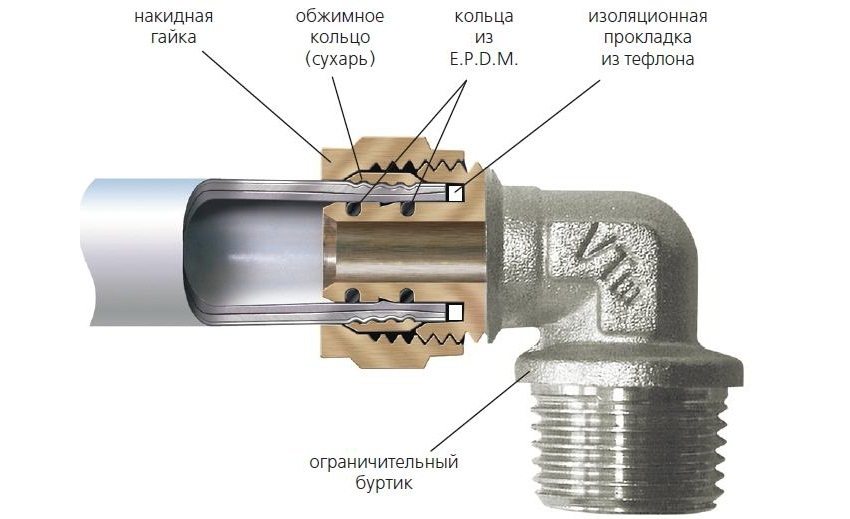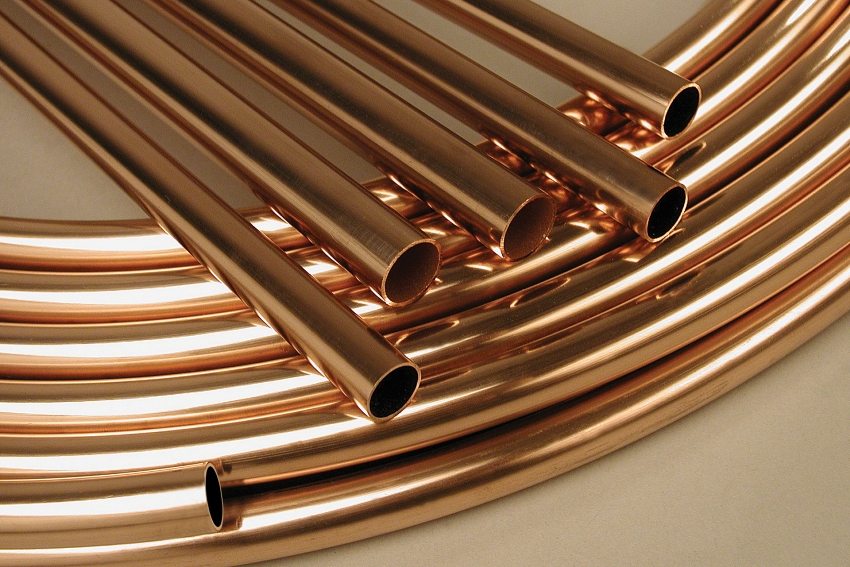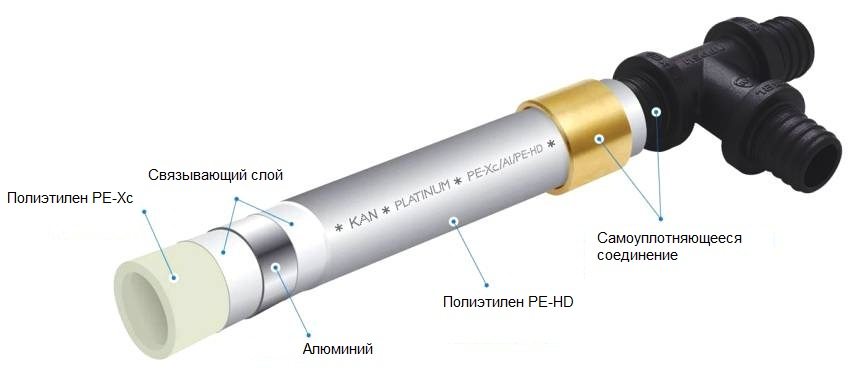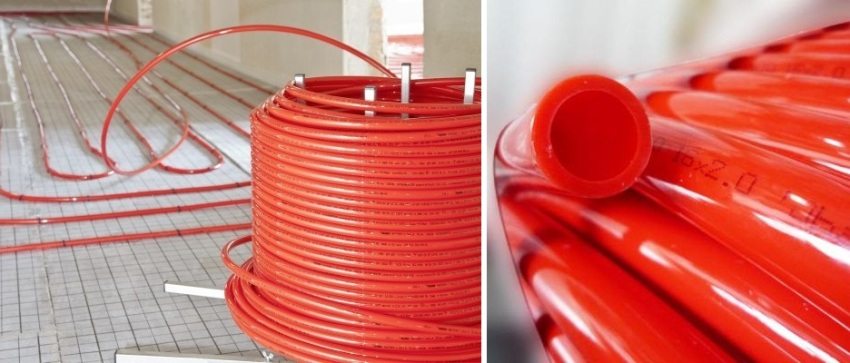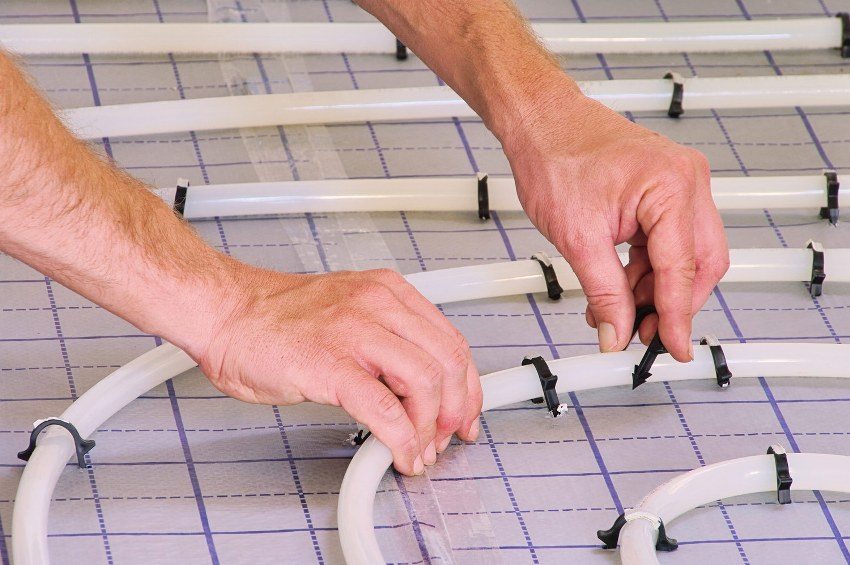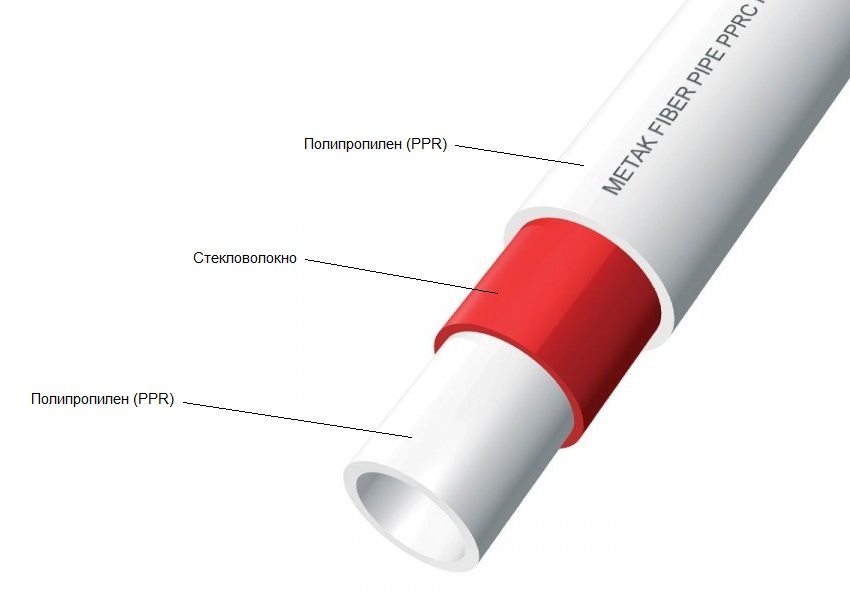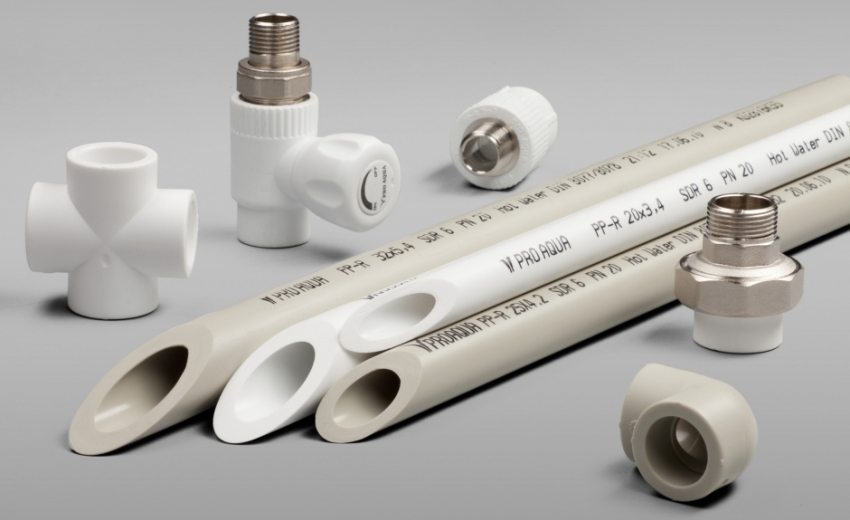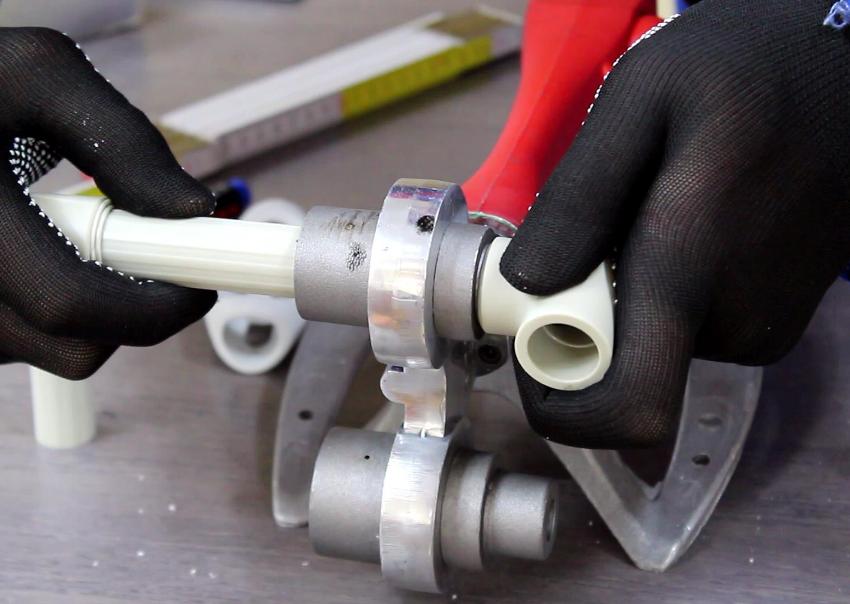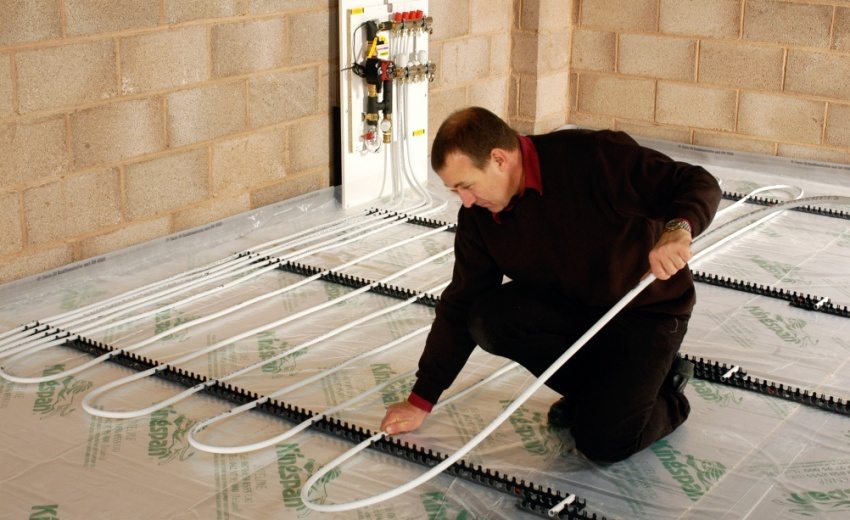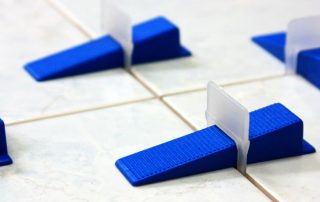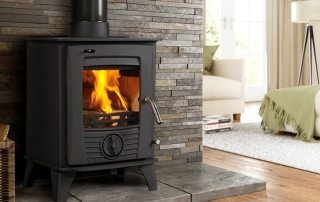Underfloor heating has gained well-deserved popularity in recent years. Which pipes for underfloor heating are better to take when building such a system? Asking this question, it is necessary to study all their types and compare characteristics.
What pipes are used in warm floors
When deciding to get started, we go to the store to buy components. The main component of this design is pipes. We will be offered several options:
- Reinforced plastic.
- Copper.
- Polyethylene.
- Polypropylene.
If we do not understand what their difference is, then it will be difficult for us to make a choice. Focusing only on the price is not entirely correct. Therefore, you need to know all the main properties of each type and decide, which pipes for underfloor heating are best for us in the current situation.
Reinforced plastic pipes
Reinforced plastic is a modern composite multilayer material. Outside and inside polyethylene of various thicknesses, an aluminum spacer connects them. Such pipes have optimal heat transfer per 1 m2, which gives good performance when heating the finish floor covering. The metal contributes to very fast heating and good heat capacity, and also provides the necessary strength to the product. The design features of the pipe determined the following properties required for it:
- Very long service life. Manufacturers assure us that metal-plastic pipes will last 50 years or more.
- Such pipes are very easy to lay. Their ability to bend allows you to make any contour along the floor: a spiral, a snake or other shapes.
- Anti-corrosion resistance ensures resistance to salts and reactive impurities.
- The absolutely flat surface inside the pipe guarantees a stable pressure in the system.
- Good strength allows the pipe not to distort when heated even up to 95 degrees, and also to keep a pressure of 10 bar.
This type of pipe has a number of disadvantages, which you just need to know about:
- Pipes are connected to each other using a special fittingwhich is able to absorb scale on itself. Eventually, the fitting may collapse and leak.
- Since aluminum and polyethylene have completely different coefficients of expansion during heating, then after many cycles, delamination of the pipe components will occur.This is an objective reality that must be taken into account when answering the problem of which pipes for a warm floor are better.
Helpful advice! When installing a system of water heating floors made of metal-plastic pipes, it is not necessary to brick the connecting fittings into the screed. It is better to mount them near the walls to cover them with baseboards.
Copper pipes for underfloor heating
Copper is a rather expensive non-ferrous metal, which affects the price of pipes made of it. But despite this, copper pipes are used quite often when installing a heated floor, because it is difficult to argue with the fact that this metal has better qualities than polymeric materials. It is superior in many important respects:
- In terms of material strength and reliability in use.
- By the level of thermal conductivity and heating rate.
- In terms of flexibility, it is very easy to twist a copper pipe into any desired shape, as well as cut.
In addition, such pipes can even withstand freezing, not to mention high temperatures. A significant drawback is the cost of these pipes, since you also have to pay for fittings, which are also made of copper, because there should be no contact between different metals. In addition, it is unlikely that it will be possible to independently mount a heated floor from such copper pipes, due to the fact that high-temperature soldering is used to connect the pipes, which implies the ability to operate with a special tool and its availability.
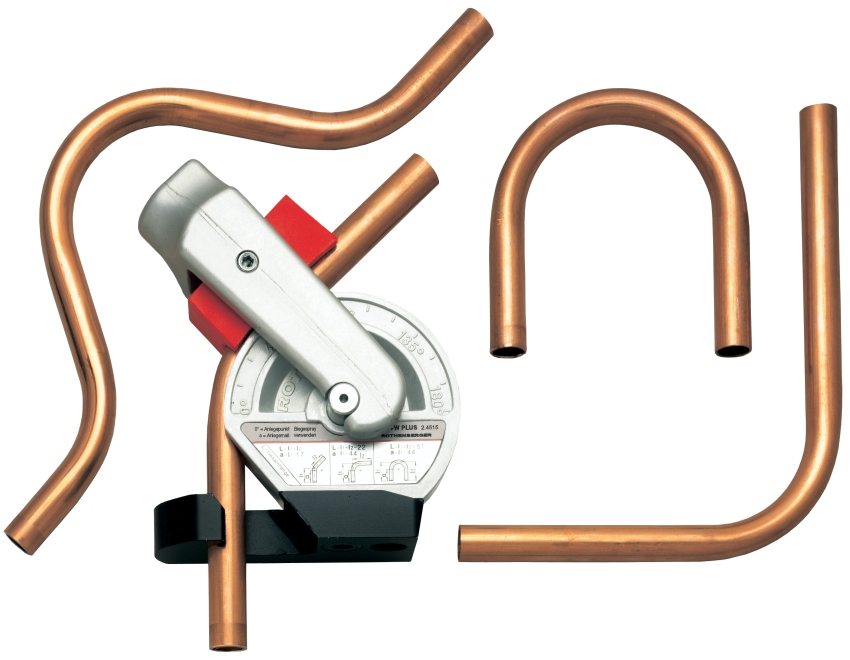
You can bend a copper pipe using a special tool - pipe bender
Helpful advice! Choosing copper pipes for underfloor heating is better, no matter how expensive they are, hire a professional for installation. This will provide quality styling and eliminate unnecessary problems.
The advantages of polyethylene pipes
Many experts say that XLPE pipes are better suited for underfloor heating than others. Indeed, this polymer material has unique properties:
- Its heat resistance is very high. The pipe can withstand temperatures up to 120 degrees, which is an absolute record among all types of polymer pipes.
- The material has the ability to restore its geometric parameters upon cooling. Numerous cycles of increasing and decreasing temperature do not affect it, unlike other materials.
Due to the fact that polyethylene molecules, by the standards of the microcosm, are simply huge and, in addition, are interconnected, pipes made of this material are very elastic, which makes it possible to bend them, are environmentally friendly, do not corrode and are durable. These properties make it possible, without a doubt, to take XLPE pipes for underfloor heating.
Polyethylene pipes are not devoid of disadvantages. Suffice it to say that polyethylene is able to gradually pass oxygen. This leads to an oxidative reaction in the environment surrounding the pipe. Fortunately, they learned to deal with this by spraying a special composition on the pipes.
Helpful advice! In the process installation of a floor with water heating, polyethylene pipes must be fastened with special brackets or laid in special slats with grooves. This is done due to the fact that polyethylene does not hold its shape well.
Usually 16 mm XLPE pipes are used for underfloor heating. They provide optimum heat dissipation with a low screed thickness. In addition, they are easier to place in a snake on the sub floor.
Disadvantages of polypropylene pipes when installing a heated floor
The use of polypropylene pipes for the installation of underfloor heating is not advisable, since such pipes bend very badly.Reproduce the process of installing polypropylene pipes with your own hands, video which can be viewed, a spiral with a pitch of less than 13 cm is simply impossible, which creates problems with floor heating in certain conditions. It is very difficult to lay them along a given contour. They are not designed for high temperatures at all, over 80 degrees.
If you stopped at making a warm floor from these stubborn pipes, then you should know that they are polypropylene pipes of various diameters, which have a layer of aluminum foil for reinforcement. It reduces the expansion of the material when heated. Polypropylene is quite strong and reliable. In addition, pipes made from it are cheaper than others. When installing a warm floor, it is necessary to maintain the temperature in the room above 15 degrees. Only under this condition it will be possible to carry out the installation of polypropylene pipes with your own hands. The video of this process always emphasizes this circumstance.
In order to start the construction of a heated floor, it is important to acquire a welding machine for welding polypropylene. It is not difficult to learn how to use it. On this score, you can find many instructions and manuals. Since this type of pipe bends very poorly, laying can only be done in a spiral. For installation, it is better to take 16 mm pipes. They have the most optimal combination of thickness and flexibility.
In addition to the welding machine, you will definitely also need special connecting fittings and valves for the installation of polypropylene pipes with your own hands. Video soldering of all components of the pipeline is easy to find on the network. The spiral is laid on top of the waterproofing using special fasteners or grooved bars. After the entire structure is soldered, water is pumped into it from the heating system. If everything works and there is no leakage, then you can fill the screed.
Which pipes for underfloor heating are better
Having considered all the options, it is still difficult to make a conclusion about which pipes for a warm floor are better. It is clear that polypropylene is the worst suited for this role. Excellent qualities in copper and polyethylene pipes, mediocre in metal-plastic ones. If you make a choice between copper and polyethylene, then what is fundamental here is how much for repairs is included in your budget for this type of expenses. After all, copper is much more expensive than polyethylene, although for the purposes of a warm floor, the latter is not much inferior in its characteristics to it. That is why polyethylene pipes are the most popular today, and many different designs are made of them.
